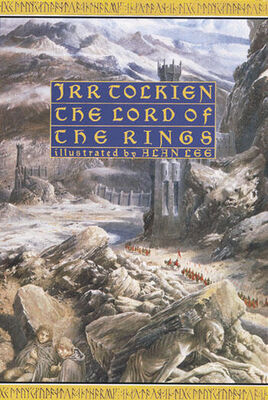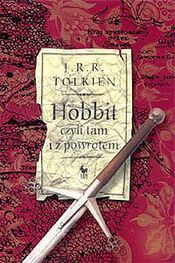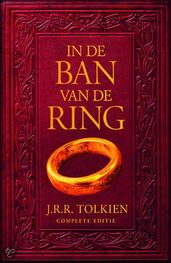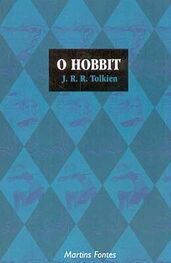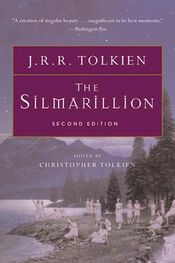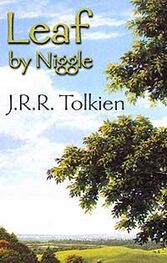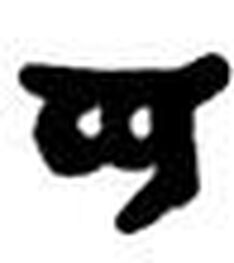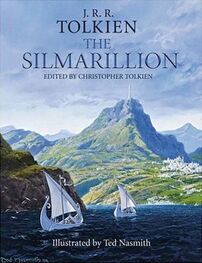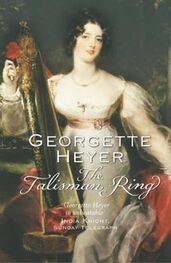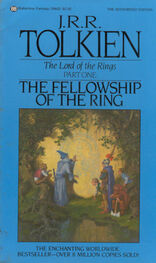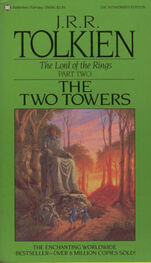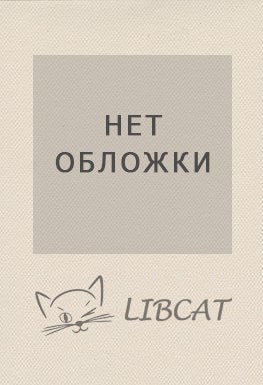TH— represents the voiceless th of English in thin cloth . This had become s in spoken Quenya, though still written with a different letter; as in Q. Isil , S. Ithil , ‘Moon’.
TY— represents a sound probably similar to the t in English tune . It was derived mainly from c or t+y . The sound of English ch , which was frequent in Westron, was usually substituted for it by speakers of that language. Cf. HY under Y.
V— has the sound of English v , but is not used finally. See F.
W— has the sound of English w . HW is a voiceless w , as in English white (in northern pronunciation). It was not an uncommon initial sound in Quenya, though examples seem not to occur in this book. Both v and w are used in the transcription of Quenya, in spite of the assimilation of its spelling to Latin, since the two sounds, distinct in origin, both occurred in the language.
Y— is used in Quenya for the consonant y , as in English you . In Sindarin y is a vowel (see below). HY has the same relation to y as HW to w , and represents a sound like that often heard in English hew, huge; h in Quenya eht, iht had the same sound. The sound of English sh, which was common in Westron, was often substituted by speakers of that language. Cf. TY above. HY was usually derived from sy- and khy-; in both cases related Sindarin words show initial h, as in Q. Hyarmen ‘south’, S. Harad.
Note that consonants written twice, as tt, ll, ss, nn, represent long, ‘double’ consonants. At the end of words of more than one syllable these were usually shortened: as in Rohan from Rochann (archaic Rochand).
In Sindarin the combinations ng, nd, mb, which were specially favoured in the Eldarin languages at an earlier stage, suffered various changes. mb became m in all cases, but still counted as a long consonant for purposes of stress (see below), and is thus written mm in cases where otherwise the stress might be in doubt. [83] ng remained unchanged except initially and finally where it became the simple nasal (as in English sing ). nd became nn usually, as Ennor ‘Middle-earth’, Q. Endóre; but remained nd at the end of fully accented monosyllables such as thond’ root’ (cf. Morthond ‘Blackroot’), and also before r , as Andros ‘long-foam’. This nd is also seen in some ancient names derived from an older period, such as Nargothrond, Gondolin, Beleriand. In the Third Age final nd in long words had become n from nn, as in Ithilien, Rohan, Anórien.
VOWELS
For vowels the letters i, e, a, o, u are used, and (in Sindarin only) y. As far as can be determined the sounds represented by these letters (other than y) were of normal kind, though doubtless many local varieties escape detection. [84]That is, the sounds were approximately those represented by i, e, a, o, u in English machine, were, father, for, brute, irrespective of quantity.
In Sindarin long e, a, o had the same quality as the short vowels, being derived in comparatively recent times from them (older é, á, ó had been changed). In Quenya long é and ó were, when correctly [84]pronounced, as by the Eldar, tenser and ‘closer’ than the short vowels.
Sindarin alone among contemporary languages possessed the ‘modified’ or fronted u , more or less as u in French lune. It was partly a modification of o and u , partly derived from older diphthongs eu, iu. For this sound y has been used (as in ancient English): as in lyg ‘snake’, Q. leuca, or emyn pl. of amon ‘hill’. In Gondor this y was usually pronounced like i.
Long vowels are usually marked with the ‘acute accent’, as in some varieties of Fëanorian script. In Sindarin long vowels in stressed monosyllables are marked with the circumflex, since they tended in such cases to be specially prolonged; [85]so in dun compared with Dúnadan. The use of the circumflex in other languages such as Adûnaic or Dwarvish has no special significance, and is used merely to mark these out as alien tongues (as with the use of k ).
Final e is never mute or a mere sign of length as in English. To mark this final e it is often (but not consistently) written ë.
The groups er, ir, ur (finally or before a consonant) are not intended to be pronounced as in English fern, fir, fur, but rather as English air, eer, oor.
In Quenya ui, oi, ai and iu, eu, au are diphthongs (that is, pronounced in one syllable). All other pairs of vowels are dissyllabic. This is often dictated by writing ëa (Eä), ëo, oë.
In Sindarin the diphthongs are written ae, ai, ei, oe, ui, and au. Other combinations are not diphthongal. The writing of final au as aw is in accordance with English custom, but is actually not uncommon in F ë anorian spellings.
All these diphthongs [86]were ‘falling’ diphthongs, that is stressed on the first element, and composed of the simple vowels run together. Thus ai, ei, oi, ui are intended to be pronounced respectively as the vowels in English rye (not ray), grey, boy, ruin; and au (aw) as in loud, how and not as in laud, haw.
There is nothing in English closely corresponding to ae, oe, eu; ae and oe may be pronounced as ai, oi.
STRESS
The position of the ‘accent’ or stress is not marked, since in the Eldarin languages concerned its place is determined by the form of the word. In words of two syllables it falls in practically all cases on the first syllable. In longer words it falls on the last syllable but one, where that contains a long vowel, a diphthong, or a vowel followed by two (or more) consonants. Where the last syllable but one contains (as often) a short vowel followed by only one (or no) consonant, the stress falls on the syllable before it, the third from the end. Words of the last form are favoured in the Eldarin languages, especially Quenya.
In the following examples the stressed vowel is marked by a capital letter: isIldur, Orome, erEssëa, fËanor, ancAlima, elentÁri, dEnethor, periAnnath, ecthElion, pelArgir, silIvren. Words of the type elentÁri ‘star-queen’ seldom occur in Quenya where the vowel is é, á, ó, unless (as in this case) they are compounds; they are commoner with the vowels í, ú, as andÚne ‘sunset, west’.
They do not occur in Sindarin except in compounds. Note that Sindarin dh, th, ch are single consonants and represent single letters in the original scripts.
NOTE
In names drawn from other languages than Eldarin the same values for the letters are intended, where not specially described above, except in the case of Dwarvish. In Dwarvish, which did not possess the sounds represented above by th and ch (kh), th and kh are aspirates, that is t or k followed by an h, more or less as in backhand, outhouse.
Where z occurs the sound intended is that of English z. gh in the Black Speech and Orkish represents a ‘back spirant’ (related to g as dh to d): as in ghâsh and agh.
Читать дальше